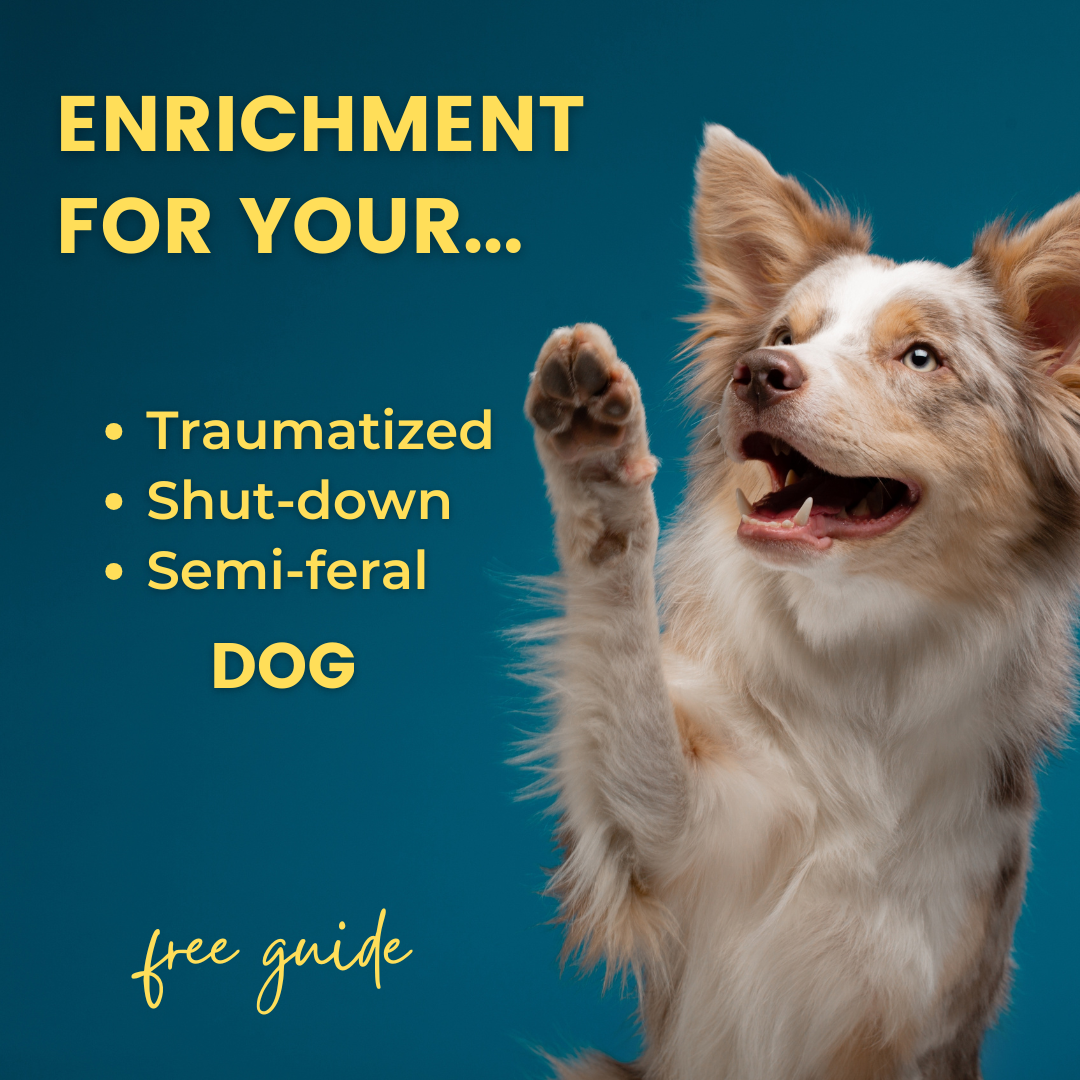Sleep Training: Getting Your Dog To Sleep Through The Night
Nov 01, 2021
Does your dog (and therefore you) struggle to sleep through the night? Do they wake you up with barking or other night-time activities? In this week's video, I break down how to address your pup's sleep problems.
Is Sleep Disturbance a Health Issue?
In some cases, restlessness or sleep disturbances may be a symptom of physical illness. If you notice a sudden change in sleep patterns, your first step should be a check up with the veterinarian. This is especially important if your dog is a senior, or shows signs of pain, discomfort, or illness. If the sleep issue is medically caused, a veterinarian can help diagnose and treat the issue.
What Else Might Affect My Dog's Sleep?
Sleep might be affected by different parts of your dog's daily routine or activities. These might include:
- When they exercise and for how long;
- What medications they are taking and at what time;
- How much mental enrichment they receive and at what time;
- Sleeping location and surface;
- Timing of their last "potty" outing.
These are just a few suggestions. Work with your trainer to identify other aspects of you dog's routine that might affect their sleep.
Play Detective
How can you tell what factors actually affect your dog's sleep? Start by making a list of daily activities, like those listed above. Then measure sleep (or sleep interruptions) while changing one thing at a time. Is there any change to your dog's routine that consistently leads to a good night's sleep?
For our dog Pancake, whose example I work through in the video, his sleep was affected by how much enrichment he got during the day, and his sleeping setup. He slept best if I slept very close to him.
Next Step: Training Plan
If your vet gave your dog a clean bill of health, and changes to your dog's routine didn't help enough, you'll probably need a training plan. To develop your training plan, work with your trainer to answer the following questions.
- Where to start: What do you need to do right now to get your dog to sleep through the night? This might be a very non-ideal set up, but it's temporary. With Pancake, I had to sleep on the floor next to his pen in the kitchen in order for both of us to get a good night's sleep at first.
- Where you want to end up: Where and how do you want your dog to sleep at the end of training? This is your training goal. Will your dog be in your bedroom, or another room? Loose, or in a crate? Try to be flexible with your goals as you consider this. See if you can come up with. more than one acceptable option.
- What intermediate steps do you need to get from here to there? This is where a trainer could be really helpful. If your dog will only sleep with you on the sofa in the living room, and you want them to sleep in a crate in your bedroom, how will you bridge that gap? You'll see that in Pancake's case, we went from the kitchen, to the office with a crate and spare bed, to our bedroom. In the bedroom I had to first sleep on the floor next to Pancake's crate, but eventually was able to get him to sleep in a pen next to the bed. It took some time, but good sleep is worth a lot!
I hope this helps you and your dog get back to restful nights of sleep. If you're looking for more guidance with your fearful dog, check out our online training membership, Confidence Builders Club. For a more personalized plan, sign up for private training.
If you try out these suggestions and have success, or trouble, we want to hear from you. Join our Facebook group and post your questions or comments there, or email us at [email protected].



